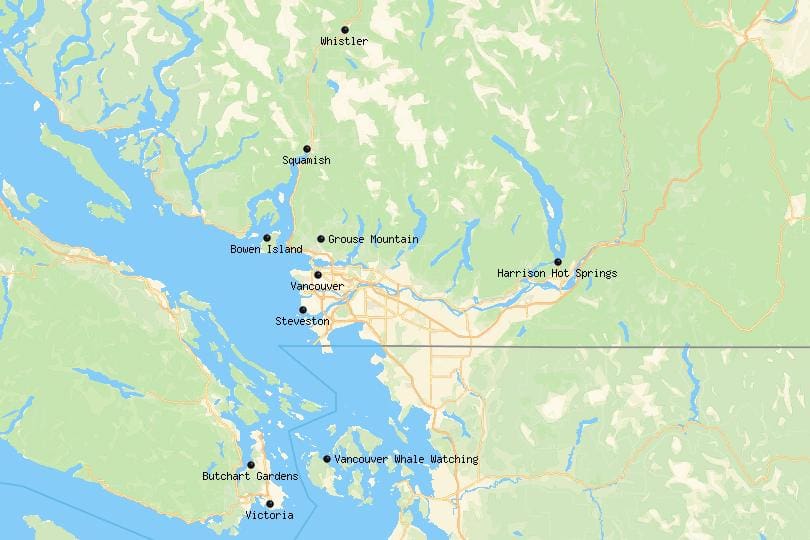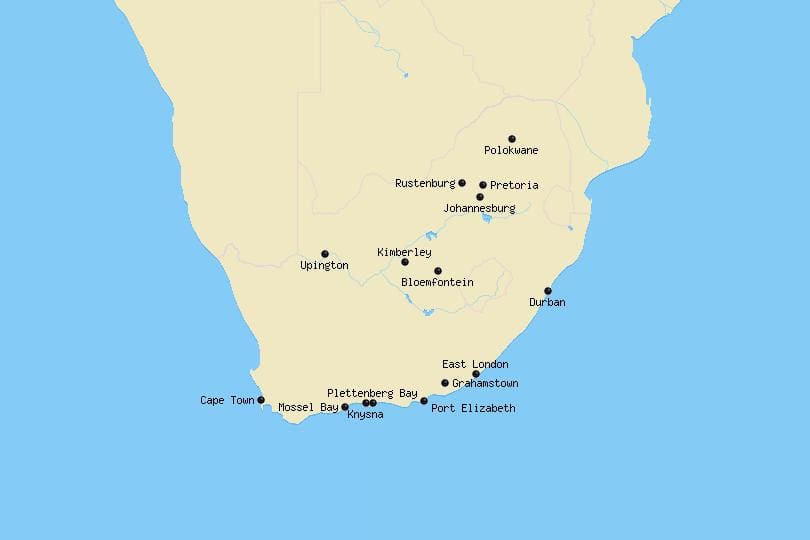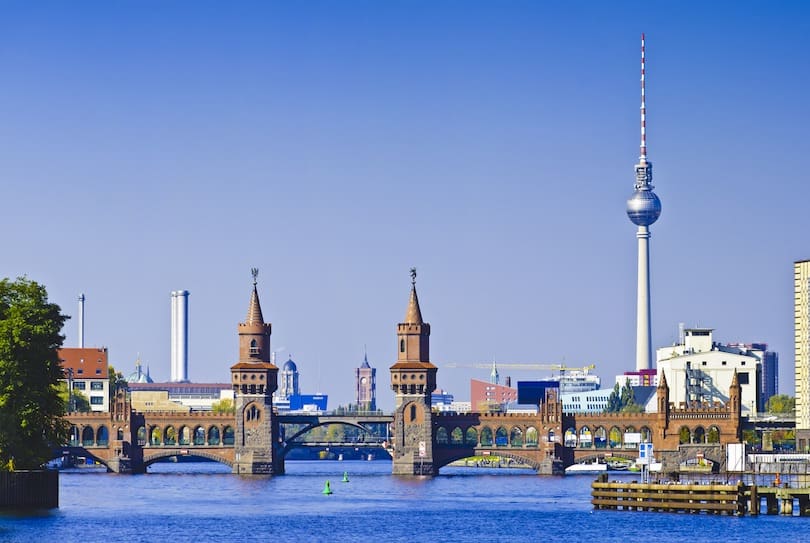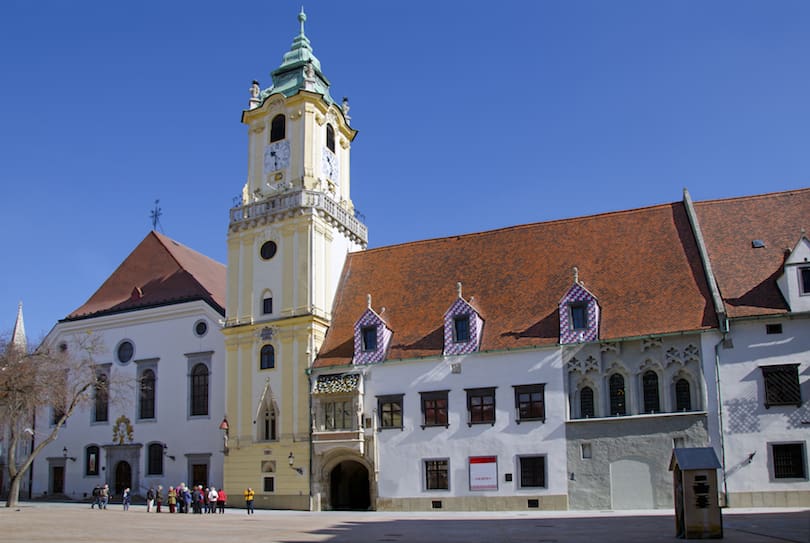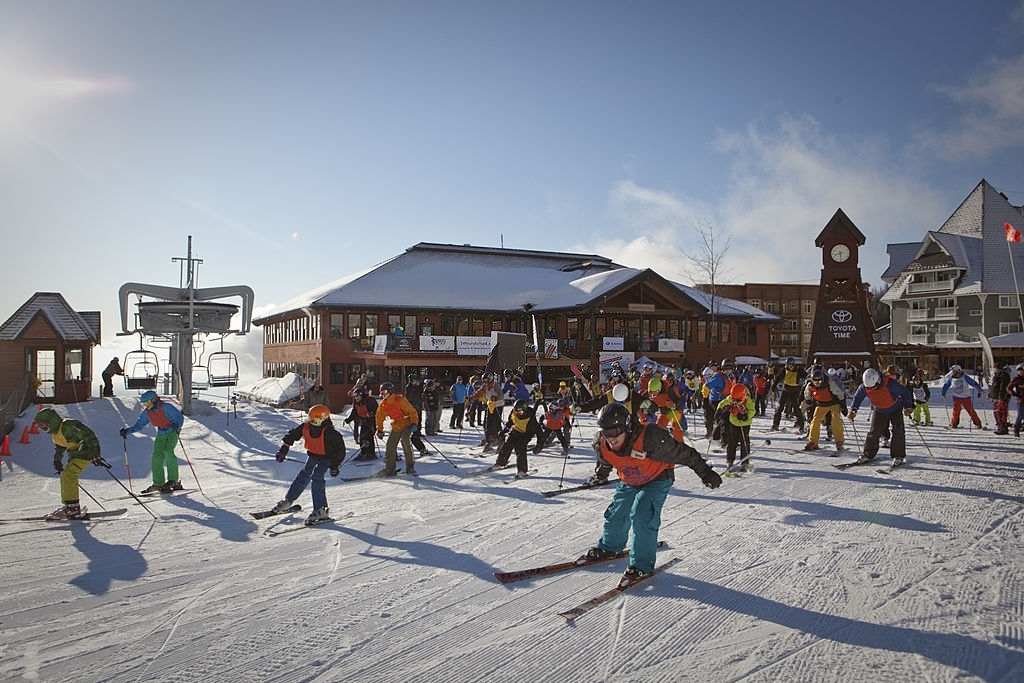Nestled in the north-eastern region of India, Khangchendzonga National Park is one of the most mesmerizing and biodiverse parks in the country. Spread over an area of 850 square kilometers, the park is situated in the state of Sikkim and is named after the majestic Mount Khangchendzonga, which is also the third-highest peak in the world. The park has been recognized as a UNESCO World Heritage site and is known for its diverse flora and fauna, scenic beauty, and cultural significance. In this article, we will explore the beauty and significance of Khangchendzonga National Park in Sikkim.
Geographical Location and Climate of Khangchendzonga National Park
Khangchendzonga National Park is situated in the north-western region of Sikkim, bordering Nepal to the west and Tibet to the north. The park is spread over an area of 850 square kilometers and ranges in altitude from 1,829 meters to 8,586 meters above sea level. The park is dominated by the Khangchendzonga mountain range, which is considered sacred by the Sikkimese people. The climate in Khangchendzonga National Park varies from subtropical to alpine, depending on the altitude. The summers are mild and pleasant, while the winters can be quite cold and snowy.
History and Cultural Significance of Khangchendzonga National Park
Khangchendzonga National Park has immense cultural significance for the Sikkimese people. The park is home to several sacred lakes and mountains, which are revered by the locals. The park is also home to several monasteries and gompas, which are important pilgrimage sites for the Buddhists. The park has been inhabited by several ethnic communities for centuries, including the Lepchas, Bhutias, and Nepalis. The park was established in 1977 to protect the unique biodiversity of the region and the cultural heritage of the local communities.
Flora and Fauna of Khangchendzonga National Park
Khangchendzonga National Park is known for its rich biodiversity, with over 550 species of birds, 36 species of rhododendrons, and 30 species of mammals. The park is home to several endangered species, including the snow leopard, Himalayan tahr, red panda, and musk deer. The park is also home to several species of medicinal plants, which are used by the locals for traditional medicine.
Trekking and Adventure Activities in Khangchendzonga National Park
Khangchendzonga National Park is a popular destination for trekking and adventure activities. The park offers several trekking routes, ranging from easy to challenging, which offer breathtaking views of the mountains, valleys, and forests. The most popular trekking route in the park is the Kanchenjunga Base Camp Trek, which takes around 16-20 days to complete. The trek takes you through dense forests, high altitude passes, and traditional villages, providing a glimpse into the local way of life. Other popular trekking routes in the park include the Goecha La Trek, Green Lake Trek, and Dzongri Trek.
Apart from trekking, the park also offers several adventure activities such as mountaineering, rock climbing, and river rafting. The Teesta and Rangeet rivers, which flow through the park, are popular for river rafting and kayaking. The park also has several camping sites, which offer a unique experience of sleeping under the stars, surrounded by the majestic mountains.
Places to Visit in Khangchendzonga National Park
Khangchendzonga National Park has several places of interest for tourists, ranging from natural wonders to cultural landmarks. Some of the must-visit places in the park include:
- Kanchenjunga Base Camp: The base camp of the third highest mountain in the world offers a stunning view of the mountain and surrounding peaks.
- Zemu Glacier: The largest glacier in Sikkim is located in the park and can be visited on a trekking expedition.
- Yuksom: The first capital of Sikkim is a quaint town that offers a glimpse into the traditional way of life of the locals.
- Tshoka: A small village located on the Dzongri Trek, known for its scenic beauty and traditional architecture.
- Dubdi Monastery: One of the oldest monasteries in Sikkim, located near Yuksom, is a must-visit for anyone interested in Buddhist culture.
Best Time to Visit Khangchendzonga National Park
The best time to visit Khangchendzonga National Park is from March to June and from September to November. The weather during these months is pleasant, and the skies are clear, offering stunning views of the mountains. The monsoon season from July to August is not recommended for visiting the park, as the heavy rainfall can cause landslides and make trekking difficult.
How to Reach Khangchendzonga National Park
The nearest airport to Khangchendzonga National Park is Bagdogra Airport in West Bengal, which is well-connected to major cities in India. From the airport, one can hire a taxi or take a bus to reach Gangtok, the capital of Sikkim. From Gangtok, one can take a shared taxi or private car to reach Yuksom, the gateway to Khangchendzonga National Park.
Accommodation and Facilities in Khangchendzonga National Park
There are several options for accommodation in Khangchendzonga National Park, ranging from basic lodges to luxury resorts. Yuksom, the gateway to the park, has several budget-friendly options for accommodation. Inside the park, there are several camping sites and trekking huts, which offer a unique experience of living close to nature. The park also has several facilities such as restaurants, medical facilities, and trekking equipment rental shops.
Tips for Visitors to Khangchendzonga National Park
- Carry warm clothes and rain gear, as the weather can be unpredictable in the mountains.
- Obtain the necessary permits and permissions before entering the park.
- Respect the local culture and traditions.
- Do not litter or harm the flora and fauna of the park.
- Hire a local guide for trekking and other activities.
Conclusion
Khangchendzonga National Park is a hidden gem in the north-eastern region of India, offering a unique experience of nature, adventure, and culture. With its stunning landscapes, diverse flora and fauna, and rich cultural heritage, the park is a must-visit destination for nature enthusiasts and adventure seekers. Trekking, camping, river rafting, and mountaineering are just a few of the activities that visitors can indulge in. The park also offers a glimpse into the traditional way of life of the locals, making it a culturally enriching experience.
However, it is important for visitors to respect the local culture and traditions, and take necessary precautions to ensure their safety and that of the park’s flora and fauna. With proper planning and preparation, a visit to Khangchendzonga National Park can be an unforgettable experience.
FAQs
- Is it safe to visit Khangchendzonga National Park?
Yes, it is generally safe to visit the park. However, visitors should take necessary precautions such as hiring a local guide, carrying appropriate gear, and respecting the local culture and traditions.
- What is the best time to visit Khangchendzonga National Park?
The best time to visit the park is from March to June and from September to November.
- What are the popular trekking routes in the park?
The Kanchenjunga Base Camp Trek, Goecha La Trek, Green Lake Trek, and Dzongri Trek are some of the popular trekking routes in the park.
- What are the must-visit places in Khangchendzonga National Park?
Some of the must-visit places in the park include Kanchenjunga Base Camp, Zemu Glacier, Yuksom, Tshoka, and Dubdi Monastery.
- Are there facilities for accommodation and food inside the park?
Yes, there are several options for accommodation and food inside the park, including camping sites, trekking huts, and restaurants.


